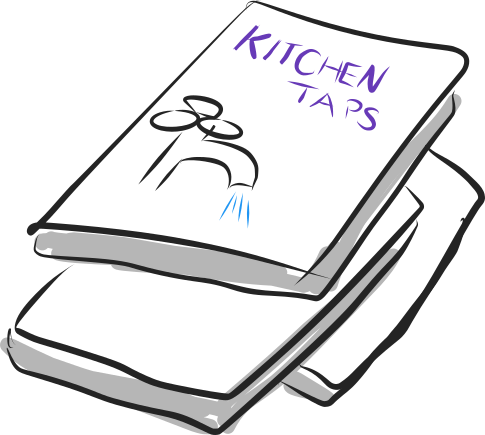| We’ve been looking at my model for business book development, outlining and writing: Directions, Map or Landmark. Now we’ll get into some details about selecting the right type of book by taking a look at some sample book outlines to demonstrate the differences. First, how do you decide what type of book to write? The easiest way is to work out what problem or need for movement your target reader actually has (remember a book is to move a reader from where they are to where they need to be). You do have a target reader don’t you? Go back and read: Are you writing the wrong book?: The 8th Cardinal Writing Waste™ if you don’t! Ask yourself: Q: Does your reader have an immediate, clear and urgent challenge and need equipping with the right steps? If yes: Help them get fixed fast with a Directions-type book. Q: Are they stuck in a situation and need education to move? If yes: Write them a Map-type book to show them their options. Q: Or are they on a journey and need enlightenment? If yes: Lead them with a Landmark-type book. When you know what type of book you are writing you can work on the book title and subtitle and the outline. I’m going to look more at titles and subtitles in a later article. The DML Model in action |
Let’s use our non-fiction Kitchen Taps book that we looked at in: I’m writing a book. So what?
The Directions-type Outline:
Install Your Kitchen Taps in 15 Minutes
Chapter 1: Go to DIY store
Chapter 2: Select your tap – metal or plastic?
Chapter 3: Install in your kitchen sink – bish, bash, bosh!
Chapter 4: Enjoy your kitchen tap
The Map-type Outline:
What taps to buy and where to get the best deal
Chapter 1: A brief history of taps
Chapter 2: Types of taps
Chapter 3: Funny tap stories
Chapter 4: What happens if you don’t have a tap
Chapter 5: Why everyone needs taps
Chapter 6: Taps, the facts and figures!
The Landmark-type Outline
With the right kitchen tap you can save the world!
Chapter 1: The under-appreciated water-saving device we use daily
Chapter 2: The story of the kitchen tap that could
Chapter 3: Why it’s vitally important to share your kitchen tap message
Obviously, I’m being a little bit silly. Let’s look at a better example: A writing a book book.
The Directions-type Outline:
How to write a business book in a month
Chapter 1: Buy computer
Chapter 2: Install book writing software
Chapter 3: Write book outline
Chapter 4: Write chapter 1
Chapter 5: Write chapter 2
…
Chapter 10: Edit
Chapter 11: Review
Chapter 11: Tada!
The Map-type Outline:
The ins and outs of writing a non-fiction book for small business owners
Chapter 1: Writing: how, why, who, when
Chapter 2: Editing: how, why, who, when
Chapter 3: Reviewing: how, why, who, when
Chapter 4: Publishing: how, why, who, when
Chapter 5: Cover design: how, why, who, when
Chapter 6: Marketing: how, why, who, when
The Landmark-type Outline
Think | Write | Lead
Thought leaders write books
Chapter 1: The story of an obscure welder who wrote a book and changed history
Chapter 2: The story of a business owner who didn’t write a book and went bankrupt
Chapter 3: You must share your work, the world deserves to read it
etc…
Oops, I’m still being really quite silly.I have plenty more silly examples to share, but I’ll stop for now. I’m sure you can see how selecting the right type of book – Directions, Map, Landmark – will impact how you write your book. You need to decide this before you write the outline, because the outline is your blueprint for writing the right book for the right reader. Get this wrong and you can get lost in the wilderness with your book, and you might never get finished.
“All models are wrong, but some are useful.”
George Box – Statistician
Remember: this is only a model. I find it useful, I hope you do too.



